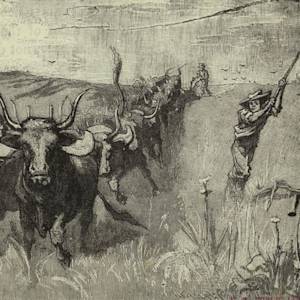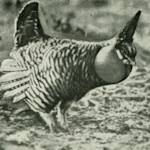The Tallgrass Prairie
1830 CE - 1900 CE
"Large ranges of grasses seven to eight feet tall once covered 170 million acres of North America from Canada to Texas, from Indiana to Kansas. Most of the prairie has been converted to farmland and grazing pasture. Tallgrass prairie is the most altered ecosystem in North America.More than 95% of it is gone. The largest remaining tallgrass reserves are in the Flint Hills of Kansas and Oklahoma. There is a growing movement that could restore parts of the tallgrass prairies. Protected corridors could link reserves and private lands, creating a “buffalo commons” where herds of bison and other wildlife could move through a sea of grass again."
WHAT YOU CAN DO:
Promote native plant and wildlife diversity by invasive tree control, prescribed burning, and improved livestock management.
Support the efforts of conservation groups protecting the prairie.
FOR MORE INFORMATION
Visit the Tall Grass Prairie Center and Cooperative Conservation America.
Cornell Lab of Ornithology


Learn about Maya Lin’s fifth and final memorial: a multi-platform science based artwork that presents an ecological history of our world - past, present, and future.

Discover ecological histories and stories of former abundance, loss, and recovery on the map of memory.

Learn how we can reduce our emissions and protect and restore species and habitats – around the world.

See how art can help us rethink the problems we face, and give us hope that each one of us can make a difference.

Help make a global memorial something personal and close to home. Share your stories of the natural world.


